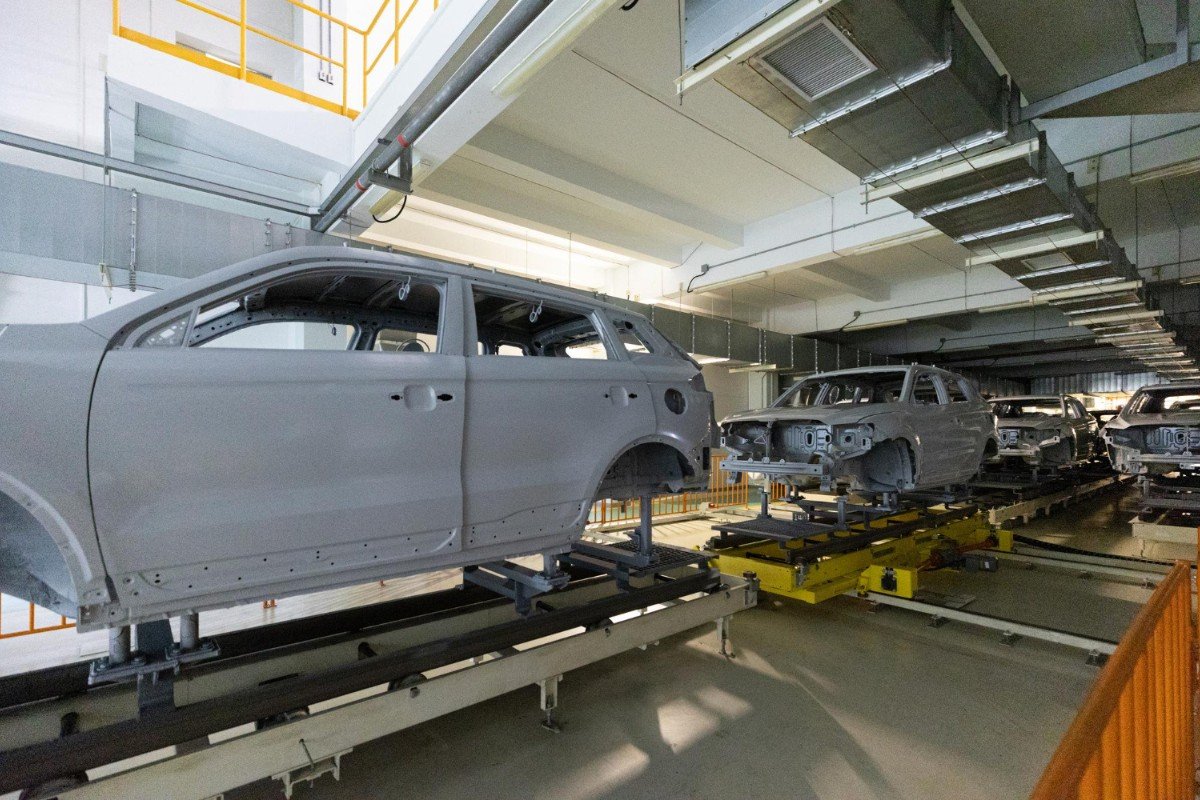North America’s automotive sector is entering a period of mounting pressure. According to the Mexican Automotive Industry Association (AMIA), the region’s tightly connected vehicle-equipment ecosystem is confronting a new wave of challenges sparked by China’s rapid ascent in global light-vehicle production. This article explores the structural importance of the industry, the threats reshaping its future, and the strategic actions required to stay competitive.
The Economic Backbone of the Region
AMIA highlights the crucial role the automotive sector plays in Mexico’s economy: it represents roughly 4.5% of national GDP, accounts for about 32% of total exports, and supports more than 3.5 million jobs. These numbers reflect a broader North American reality where Mexico, the United States, and Canada function as an integrated production hub. Through constant flows of parts, assembly operations, and logistics, the region has long enjoyed a competitive advantage built on scale, specialization, and geographic proximity.
China’s Expanding Competitive Pressure
AMIA warns that China’s rise as a powerhouse in light-vehicle manufacturing poses one of the most significant threats to North America’s automotive leadership. China is no longer competing on volume alone; it is advancing in technology, cost structure, and international reach. This increasing capability enables Chinese manufacturers to challenge North American producers across global markets, compress margins, and redefine competitive benchmarks.
Mounting Cost Pressures and Investment Uncertainty
Beyond foreign competition, the region faces internal stressors. Rising production costs—driven by labour, energy, raw materials, and the transition to electric and digitally enhanced vehicles—are tightening profit margins. AMIA notes that this financial pressure restricts the industry’s ability to invest aggressively in modernization. Compounding the issue is an unpredictable trade environment marked by tariffs and shifting commercial policies, which weakens investor confidence and delays strategic expansion.
Fragility in Regional Supply Chains
North America’s strength lies in its deep regional integration, yet AMIA warns that this foundation is showing cracks. Recent global disruptions revealed vulnerabilities across supply chains, from semiconductor shortages to logistical bottlenecks. If the region’s interconnected model weakens further, it risks losing the very advantages that enabled its global dominance.
Reinforcing Regional Integration Under USMCA
AMIA insists that reinforcing and upholding the rules of the United States–Mexico–Canada Agreement is essential. Predictable trade conditions, regulatory harmonization, and strong regional content rules must be preserved to prevent erosion of competitiveness.
Accelerating Innovation and Cost Optimization
To counter China’s momentum, North America must intensify investment in electric mobility, semiconductors, energy-efficient manufacturing, and connected-vehicle technologies. At the same time, production processes must be optimized to reduce structural costs and protect margins.
Building Resilient Supply Chains
Resilience is now a strategic necessity. The region must develop flexible sourcing models, anticipate geopolitical or material shortages, and diversify suppliers to prevent operational paralysis during global shocks.
Leveraging Existing Structural Advantages
Despite the challenges, North America retains key strengths: a vast consumer market, strong manufacturing capabilities, technological expertise, and strategic proximity between the three countries. Fully leveraging these assets will be essential for remaining competitive.
Conclusion
AMIA’s message is unequivocal: the North American automotive industry is at a pivotal moment. Without decisive action to reinforce regional integration, innovate rapidly, manage costs, and strengthen supply chains, the region risks losing ground as China accelerates its global expansion. The path forward demands urgency, coordination, and strategic clarity. The future of North American automotive leadership depends on what happens next.
